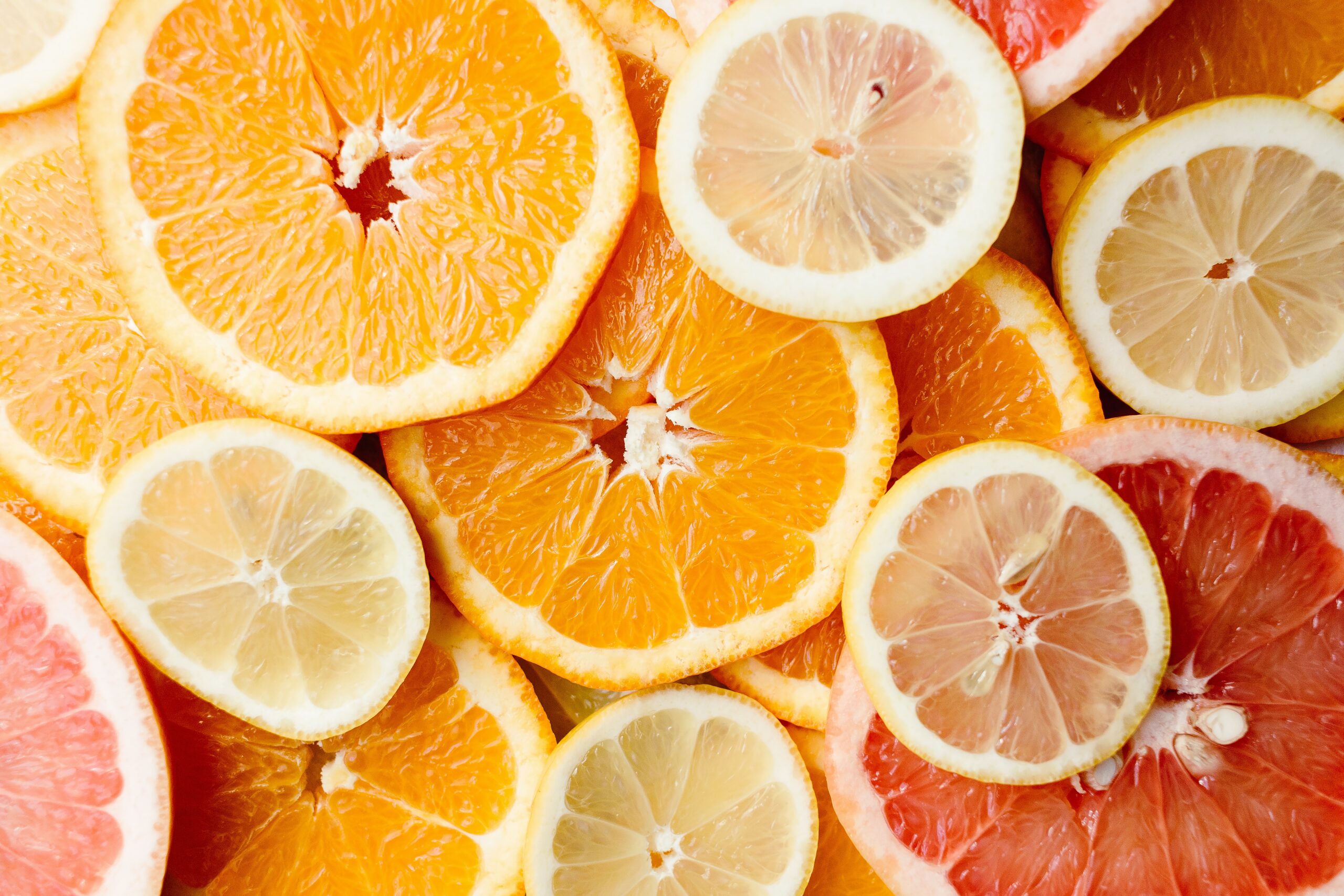Every dish we savour is composed of a symphony of chemical compounds, including carbohydrates, proteins, lipids, vitamins, minerals, and the magical flavour molecules; these compounds hold the key to the tastes and aromas that tantalise our senses.

- The process starts as we take that first bite. Through the act of chewing and the mixture with saliva, the food undergoes mechanical processing. The saliva contains enzymes that kickstart the breakdown of complex food molecules into simpler forms.
- Now the taste buds enter the story. Nestled primarily on the tongue but also in other parts of the mouth, these tiny taste receptors possess a remarkable ability to detect the five primary tastes: sweet, sour, salty, bitter, and umami. Each taste receptor has a preference for specific molecules or ions associated with these tastes.
- When food molecules dissolve in our saliva, they encounter our taste receptors; these are what detect the five primary tastes of sweet, sour, salty, bitter and umami. This encounter sparks a process known as taste transduction, where the chemical signals are transformed into electrical signals that can be understood by our brain.
- Next, the electrical signals travel through specialized nerve fibers, such as the facial nerve (CN VII), glossopharyngeal nerve (CN IX), and vagus nerve (CN X). These signals are carried as swift impulses through a network of neurons, eventually reaching the gustatory cortex in our brain’s sensory processing realm.
- Within the gustatory cortex, the signals are deciphered, creating the perception of taste in our minds. This interpretation combines with other sensory cues, such as the aroma and texture of the food, to complete our perception of taste. It’s a harmonious convergence of sensations that brings us the joy of culinary delight.

Throughout this entire journey, neurochemical messengers such as serotonin and dopamine play an important role, by modulating the transmission of signals within our taste buds and the gustatory cortex.
However, taste perception is not solely dictated by the taste buds. Our unique genetic makeup, previous experiences, cultural influences, and the brain’s reward system all contribute to our individual taste preferences and the pleasure or displeasure we associate with flavours.
If you found this interesting and would like to see similar content in the future, please subscribe to the newsletter below and follow along on Instagram @tastingnotesblog.
Thank you so much for your time and have a great day!
